Home>Furniture & Design>Bathroom Accessories>Why Is There No Water In My Toilet Bowl
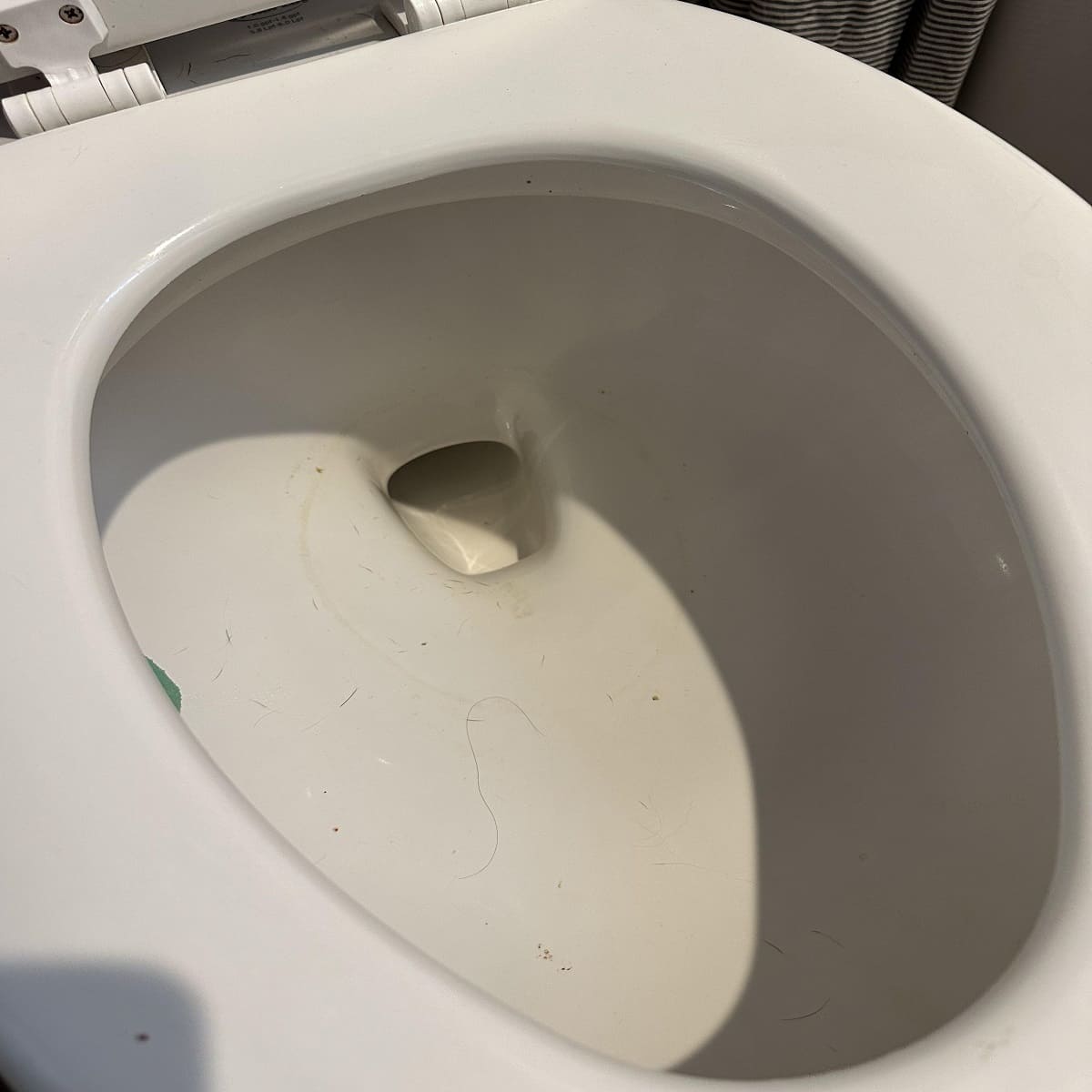

Bathroom Accessories
Why Is There No Water In My Toilet Bowl
Modified: February 20, 2024
Discover the reasons for a dry toilet bowl and how bathroom accessories can help resolve the issue. Learn how to maintain proper water levels in your toilet.
(Many of the links in this article redirect to a specific reviewed product. Your purchase of these products through affiliate links helps to generate commission for Storables.com, at no extra cost. Learn more)
Common Reasons for Low Water Level in Toilet Bowl
A low water level in the toilet bowl can be a frustrating issue, but understanding the common reasons behind it can help in resolving the problem effectively. Here are some of the most prevalent causes of low water levels in toilet bowls:
-
Partially Closed Water Supply Valve: One of the primary reasons for a low water level in the toilet bowl is a partially closed water supply valve. This valve, usually located behind the toilet, controls the flow of water into the tank. If it is not fully open, it can restrict the amount of water entering the bowl, resulting in a lower water level.
-
Faulty Fill Valve: The fill valve, also known as the ballcock, is responsible for refilling the toilet tank after each flush. If this component is malfunctioning or improperly adjusted, it can lead to insufficient water entering the bowl, causing a low water level.
-
Issues with the Flapper: A deteriorated or improperly functioning flapper can also contribute to a low water level in the toilet bowl. The flapper is responsible for releasing water from the tank into the bowl during the flushing process. If it fails to seal properly after flushing, it can impede the refill process, resulting in a reduced water level.
-
Clogged Rim Jets: The rim jets, which are located under the toilet bowl rim, play a crucial role in directing water into the bowl during flushing. If these jets become clogged due to mineral deposits or debris, the water flow into the bowl can be restricted, leading to a lower water level.
-
Improper Tank Water Level: In some cases, the water level in the toilet tank may be set too low. This can impact the amount of water available for each flush, ultimately resulting in a lower water level in the bowl.
Understanding these common reasons for low water levels in toilet bowls can provide valuable insights when troubleshooting and resolving the issue. By identifying the specific cause, homeowners can take the necessary steps to rectify the problem and restore the proper water level in their toilet bowls.
Key Takeaways:
- Don’t panic if your toilet bowl has low water. It could be due to a partially closed water supply valve, faulty fill valve, or clogged rim jets. Understanding these common issues can help you troubleshoot and fix the problem.
- To fix a low water level in your toilet bowl, check the water supply valve, inspect the fill valve and flapper, clear the rim jets and trapway, adjust the tank water level, and address any water supply line issues. Professional inspection and maintenance can also provide comprehensive solutions.
Read more: Why Is My Toilet Bowl Not Holding Water
Potential Issues with the Toilet Tank
The toilet tank plays a pivotal role in maintaining the proper water level in the toilet bowl. However, several potential issues with the tank can lead to a reduced water level, causing inconvenience and frustration for homeowners. Understanding these issues is crucial for effective troubleshooting and resolution.
Malfunctioning Fill Valve
One of the primary potential issues with the toilet tank is a malfunctioning fill valve. The fill valve, also known as the ballcock, is responsible for refilling the tank after each flush. If the fill valve fails to operate correctly, it can result in inadequate refilling of the tank, ultimately leading to a lower water level in the bowl. Common causes of fill valve malfunction include wear and tear, mineral deposits, or improper adjustment. Identifying and addressing fill valve issues is essential for restoring the proper water level in the toilet bowl.
Faulty Flapper
Another potential issue that can impact the water level in the toilet bowl is a faulty flapper. The flapper is a rubber component that seals the opening at the bottom of the tank and releases water into the bowl during flushing. If the flapper is deteriorated, damaged, or improperly seated, it can impede the proper flow of water into the bowl, resulting in a reduced water level. Addressing flapper-related issues involves inspecting the condition of the flapper, ensuring proper alignment, and replacing it if necessary.
Water Supply Line Problems
Issues with the water supply line connected to the toilet tank can also contribute to low water levels in the bowl. A kinked, damaged, or partially closed water supply line can restrict the flow of water into the tank, impacting the refill process and ultimately leading to a decreased water level in the bowl. Inspecting the water supply line for any obstructions, damage, or irregularities is essential for identifying and resolving potential issues that affect the water level in the toilet bowl.
Read more: Why Is The Water In My Toilet Bowl Low
Incorrect Tank Water Level Adjustment
Improper adjustment of the water level in the toilet tank can also result in a lower water level in the bowl. If the water level in the tank is set too low, it can limit the amount of water available for each flush, leading to inadequate refilling of the bowl and a reduced water level. Adjusting the tank water level to the manufacturer's recommended specifications can help ensure sufficient water enters the bowl after each flush, maintaining the appropriate water level.
Cracked or Damaged Tank Components
Cracks or damage to the tank itself or its components, such as the overflow tube or flush valve, can also lead to water loss and a subsequent decrease in the water level in the bowl. Inspecting the tank for any visible damage, leaks, or structural issues is crucial for identifying potential sources of water loss and addressing them promptly to prevent a low water level in the toilet bowl.
Understanding these potential issues with the toilet tank is essential for homeowners facing low water levels in their toilet bowls. By recognizing these issues and taking appropriate corrective measures, individuals can effectively restore the proper water level, ensuring optimal functionality and performance of their toilet systems.
Problems with the Toilet Bowl
The toilet bowl, a critical component of the overall toilet system, can experience various issues that contribute to a low water level, impacting its functionality and performance. Understanding these problems is essential for homeowners seeking to address and resolve the underlying causes effectively.
Inadequate Rim Jets Functionality
One prevalent problem that can lead to a low water level in the toilet bowl is inadequate functionality of the rim jets. These small openings located under the rim of the toilet bowl are designed to direct water into the bowl during flushing, ensuring effective waste removal and bowl cleaning. However, mineral deposits, debris accumulation, or blockages in the rim jets can impede the proper flow of water, resulting in a reduced water level in the bowl. Addressing this issue involves inspecting and clearing the rim jets to restore optimal water flow and maintain the appropriate water level in the bowl.
Read more: Why Is Water Trickling Into My Toilet Bowl
Clogged Trapway
Another potential problem contributing to a low water level in the toilet bowl is a clogged trapway. The trapway, a curved channel located at the base of the toilet bowl, is designed to facilitate the passage of waste into the drain pipe while maintaining water within the bowl to prevent sewer gas from entering the home. However, obstructions such as mineral buildup, foreign objects, or accumulated debris can restrict the flow of water through the trapway, leading to a decreased water level in the bowl. Clearing the trapway of any blockages is essential for restoring proper water retention and ensuring optimal bowl performance.
Damaged or Deteriorated Bowl Components
The presence of damaged or deteriorated bowl components, such as the bowl's interior surface, can also contribute to a low water level. Cracks, chips, or porous areas in the bowl can lead to water seepage and gradual loss of water, resulting in a reduced water level over time. Additionally, worn-out gaskets or faulty seals can contribute to water leaks, further exacerbating the issue. Inspecting the bowl for any visible damage, addressing leaks, and repairing or replacing damaged components are crucial steps in restoring the proper water level in the bowl and maintaining its integrity.
Structural Integrity Issues
Structural integrity issues within the toilet bowl, such as hairline cracks, fractures, or compromised seals, can also lead to water loss and a subsequent decrease in the water level. These integrity issues can impact the bowl's ability to retain water effectively, resulting in persistent low water levels despite regular refilling from the tank. Thoroughly examining the bowl for any structural defects and addressing them promptly is essential for preventing water loss and maintaining the appropriate water level in the bowl.
Insufficient Bowl Water Surface Area
In some cases, the design or dimensions of the toilet bowl itself can contribute to a perceived low water level. If the bowl's water surface area is inadequate or the bowl's shape hinders effective water retention, it can create the impression of a low water level, even when the actual water volume is sufficient. While this may not necessarily indicate a functional problem, homeowners may consider consulting with professionals to explore options for optimizing the bowl's water surface area and improving user experience.
Understanding these potential problems with the toilet bowl is crucial for homeowners facing low water levels in their toilet systems. By recognizing these issues and taking appropriate corrective measures, individuals can effectively restore the proper water level, ensuring optimal functionality and performance of their toilet bowls.
Read more: Why Is Toilet Bowl Water Low
Issues with the Water Supply
The water supply plays a pivotal role in maintaining the proper water level in the toilet bowl, and various issues related to the water supply can contribute to a decreased water level, impacting the overall functionality of the toilet system.
Insufficient Water Pressure
Insufficient water pressure in the supply line can result in a reduced water level in the toilet bowl. Low water pressure may hinder the adequate flow of water into the bowl during flushing, leading to an inadequate refill and subsequently causing a lower water level. Factors such as clogged or partially closed supply valves, water line obstructions, or issues within the municipal water supply system can contribute to diminished water pressure, affecting the toilet's performance.
Partially Closed or Blocked Water Supply Valve
A partially closed or blocked water supply valve can significantly impact the water level in the toilet bowl. If the valve responsible for supplying water to the toilet is not fully open or is obstructed, it can restrict the flow of water into the tank, ultimately leading to a decreased water level in the bowl. Addressing this issue involves inspecting the water supply valve, ensuring it is fully open and free from any obstructions, to facilitate the proper flow of water into the toilet system.
Water Supply Line Leaks
Leaks in the water supply line connected to the toilet can result in water loss and a subsequent decrease in the water level in the bowl. Damaged or deteriorated supply lines, loose connections, or faulty seals can contribute to water leaks, impacting the amount of water available for each flush and leading to a lower water level. Identifying and addressing leaks in the water supply line is essential for preventing water loss and maintaining the appropriate water level in the toilet bowl.
Read more: Why Is There Ants In My Toilet Bowl
Sediment or Debris Accumulation
Accumulation of sediment or debris within the water supply line can impede the proper flow of water into the toilet system, resulting in a reduced water level in the bowl. Mineral deposits, rust, or foreign particles can obstruct the water supply line, affecting the refill process and ultimately impacting the water level. Clearing the supply line of any sediment or debris is crucial for restoring optimal water flow and ensuring the proper water level in the toilet bowl.
Water Supply Line Size and Design
In some cases, the size and design of the water supply line may contribute to a low water level in the toilet bowl. Inadequate line size or irregularities in the supply line design can affect the volume and flow of water entering the toilet system, leading to suboptimal water levels in the bowl. Evaluating the water supply line size and design and ensuring compatibility with the toilet system's requirements is essential for maintaining the appropriate water level.
Understanding these issues with the water supply is crucial for homeowners facing low water levels in their toilet bowls. By recognizing these potential factors and taking appropriate corrective measures, individuals can effectively restore the proper water level, ensuring optimal functionality and performance of their toilet systems.
Solutions for Low Water Level in Toilet Bowl
Resolving a low water level in the toilet bowl requires a systematic approach to address the underlying causes effectively. By implementing the following solutions, homeowners can restore the proper water level and ensure the optimal functionality of their toilet systems.
1. Adjusting the Water Supply Valve
Ensuring that the water supply valve connected to the toilet is fully open is crucial for maintaining an adequate water level in the bowl. By carefully adjusting the valve to allow maximum water flow, homeowners can facilitate the proper refill of the bowl after each flush, preventing a low water level.
2. Inspecting and Repairing Fill Valve and Flapper
Conducting a thorough inspection of the fill valve and flapper within the toilet tank is essential. If any malfunctions or defects are identified, repairing or replacing these components can significantly improve water flow into the bowl, addressing the low water level issue effectively.
3. Clearing Rim Jets and Trapway
Removing mineral deposits, debris, or blockages from the rim jets and trapway is crucial for restoring optimal water flow into the toilet bowl. By using appropriate cleaning methods and tools, homeowners can clear these essential components, ensuring unobstructed water distribution and maintaining the proper water level.
4. Adjusting Tank Water Level
Ensuring that the water level in the toilet tank is set to the manufacturer's recommended specifications is vital. By making necessary adjustments to the tank water level, homeowners can guarantee an adequate supply of water for each flush, preventing a low water level in the bowl.
5. Addressing Water Supply Line Issues
Inspecting the water supply line for leaks, obstructions, or pressure irregularities is essential. Addressing any identified issues, such as leaks, sediment accumulation, or inadequate water pressure, can significantly improve water flow into the toilet system, maintaining the appropriate water level in the bowl.
Read more: Why Is My Toilet Bowl Yellow
6. Professional Inspection and Maintenance
Seeking professional inspection and maintenance services for the entire toilet system can provide comprehensive solutions for low water levels in the bowl. Experienced plumbers can identify and address complex issues, ensuring the optimal performance and water level of the toilet bowl.
By implementing these solutions, homeowners can effectively address low water levels in their toilet bowls, restoring proper functionality and ensuring a consistent and satisfactory user experience. Regular maintenance and proactive troubleshooting can further prevent future occurrences of low water levels, promoting the long-term efficiency of the toilet system.
Frequently Asked Questions about Why Is There No Water In My Toilet Bowl
Was this page helpful?
At Storables.com, we guarantee accurate and reliable information. Our content, validated by Expert Board Contributors, is crafted following stringent Editorial Policies. We're committed to providing you with well-researched, expert-backed insights for all your informational needs.
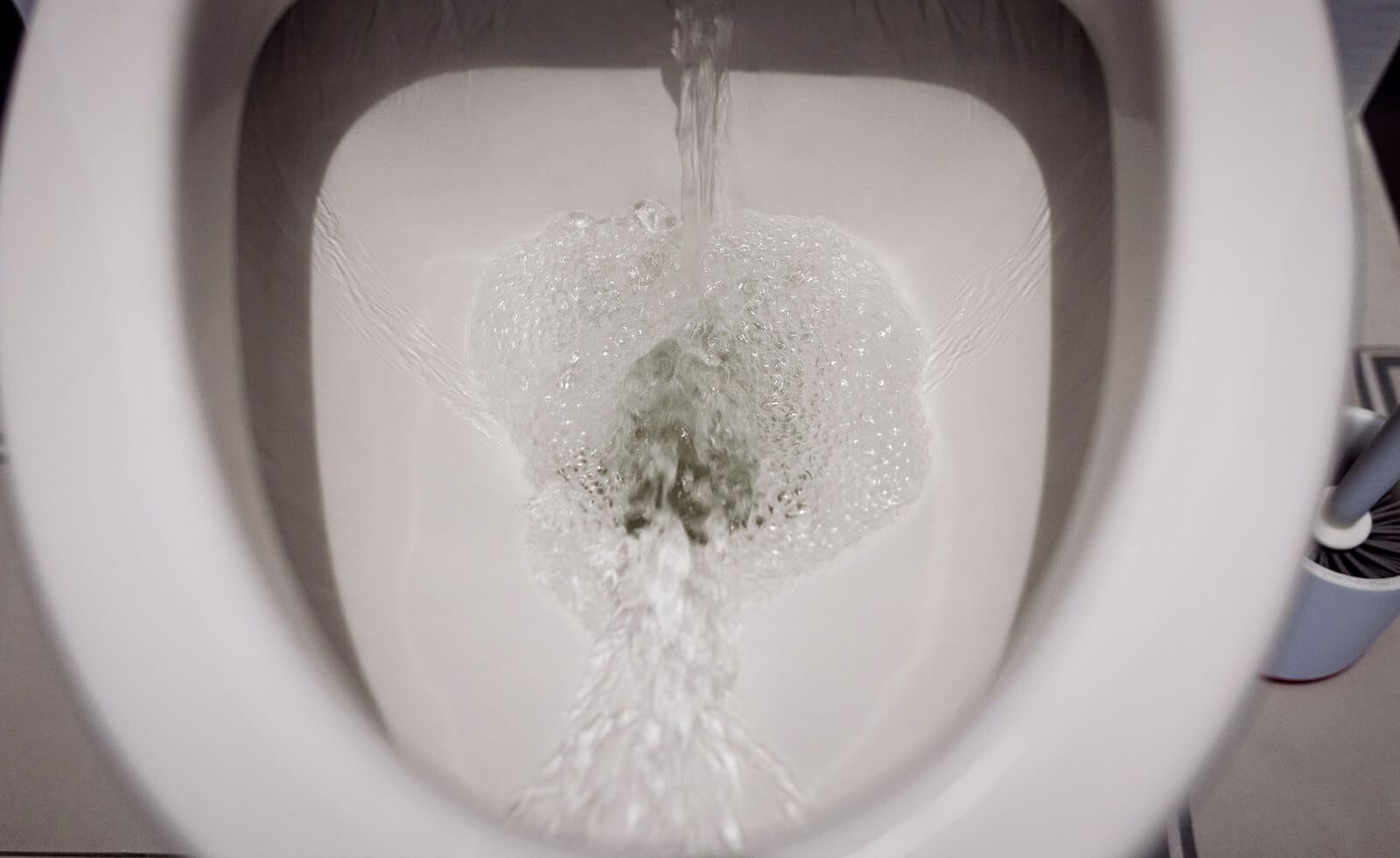
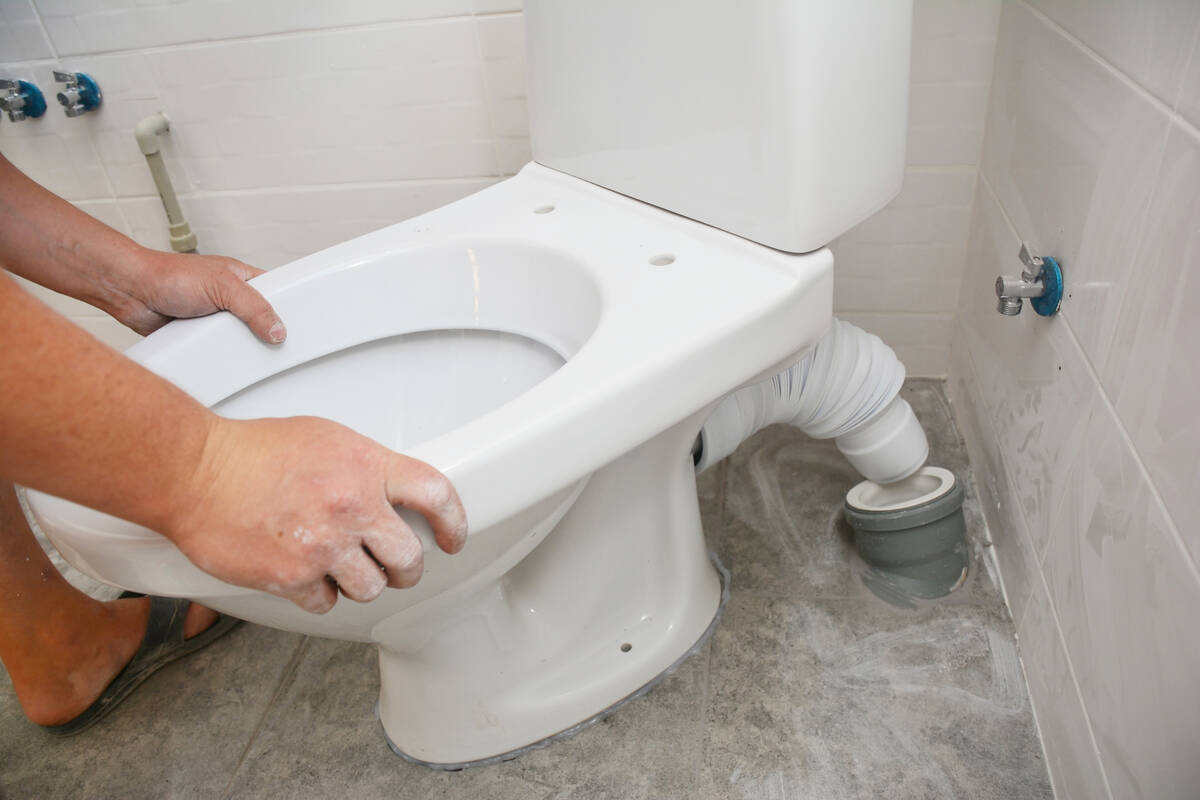
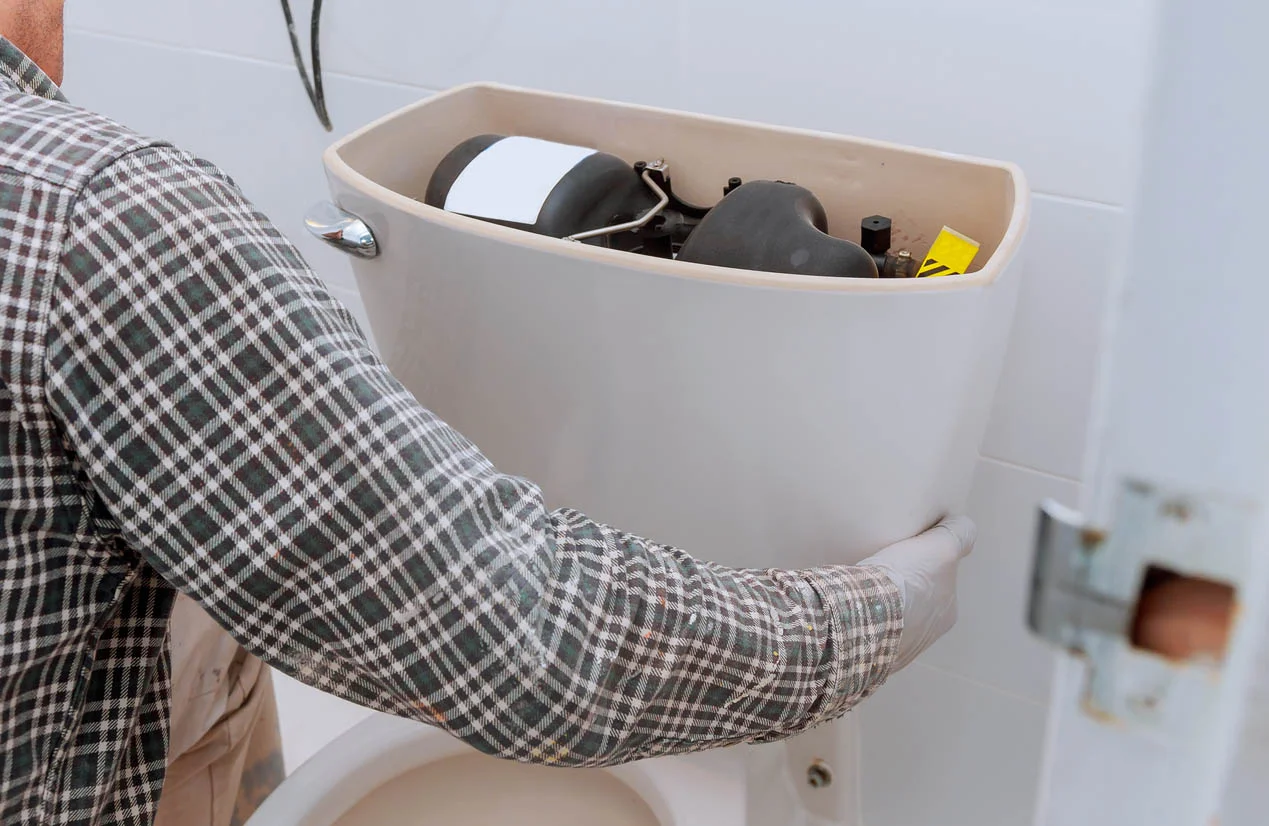
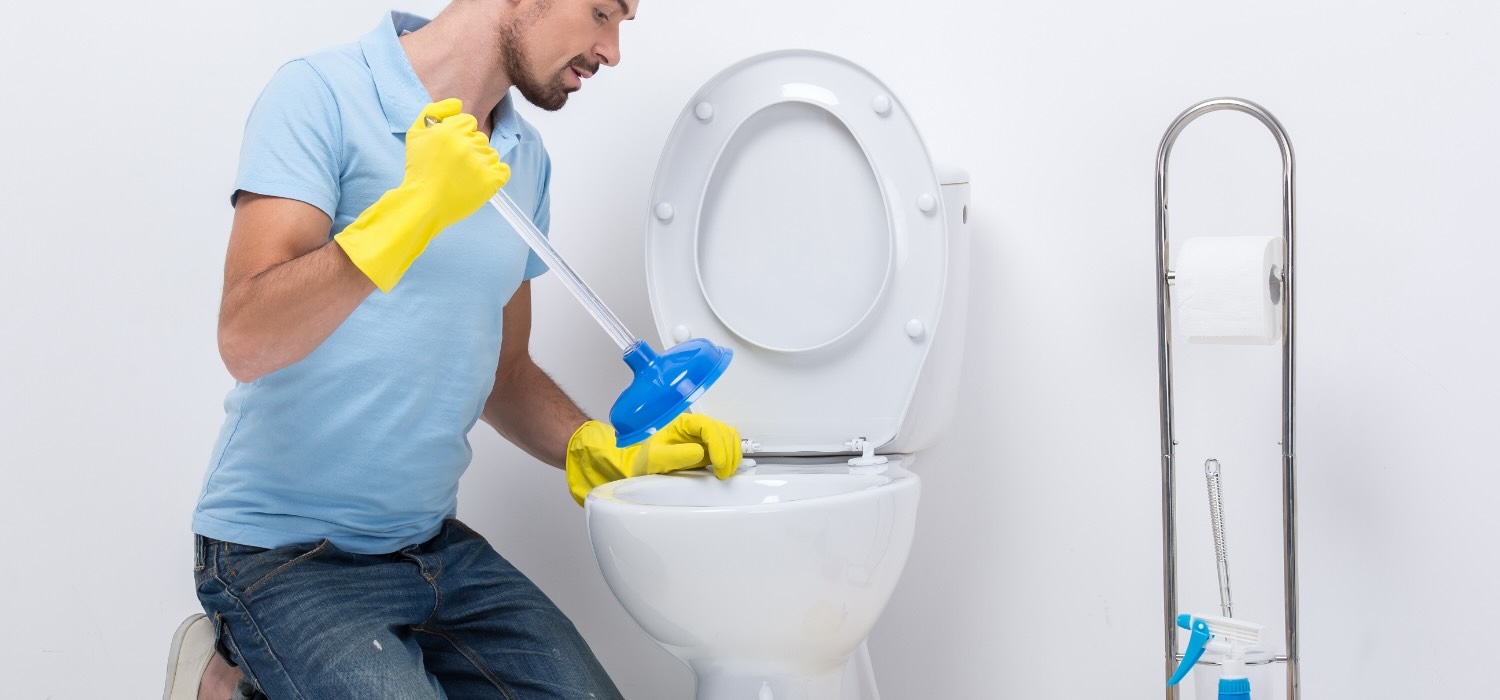
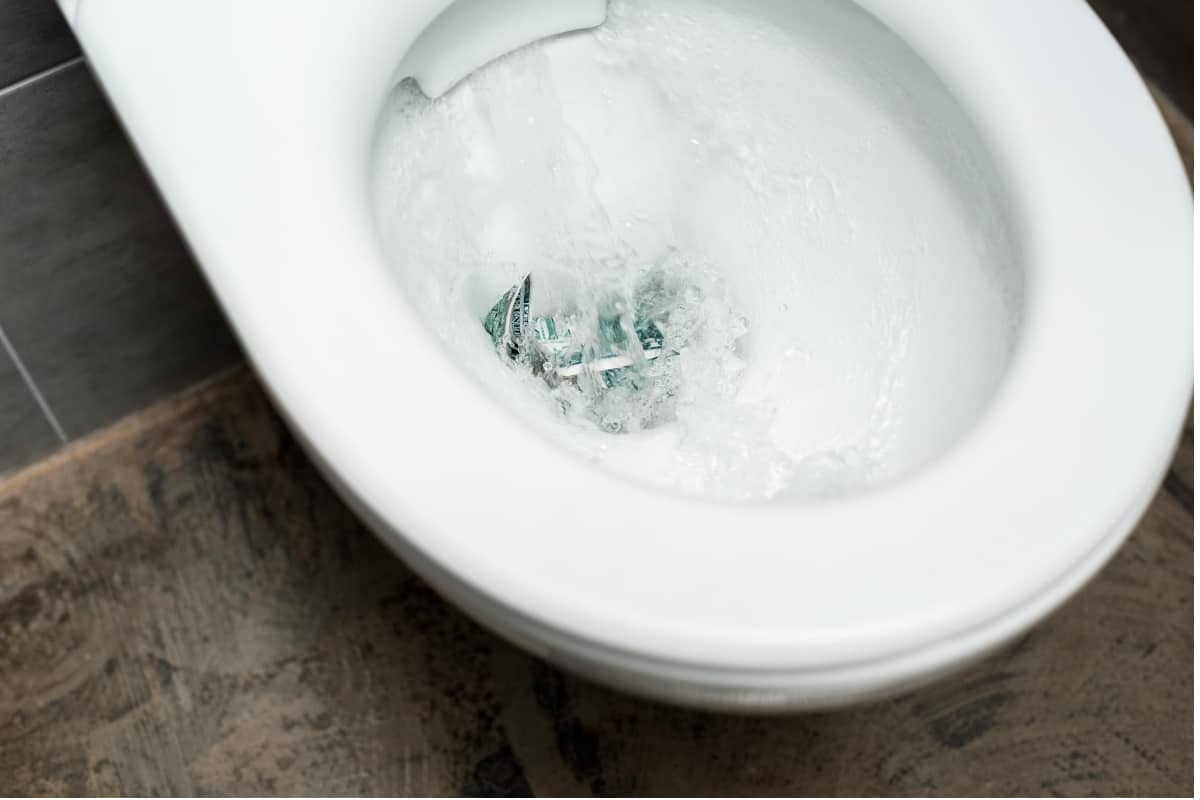
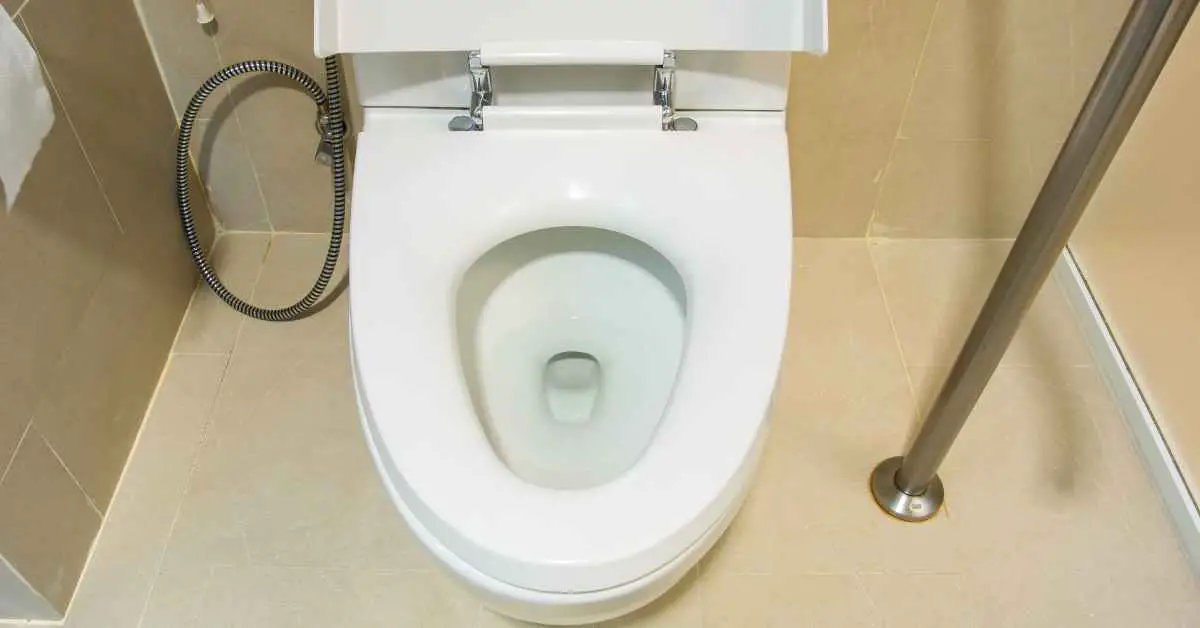
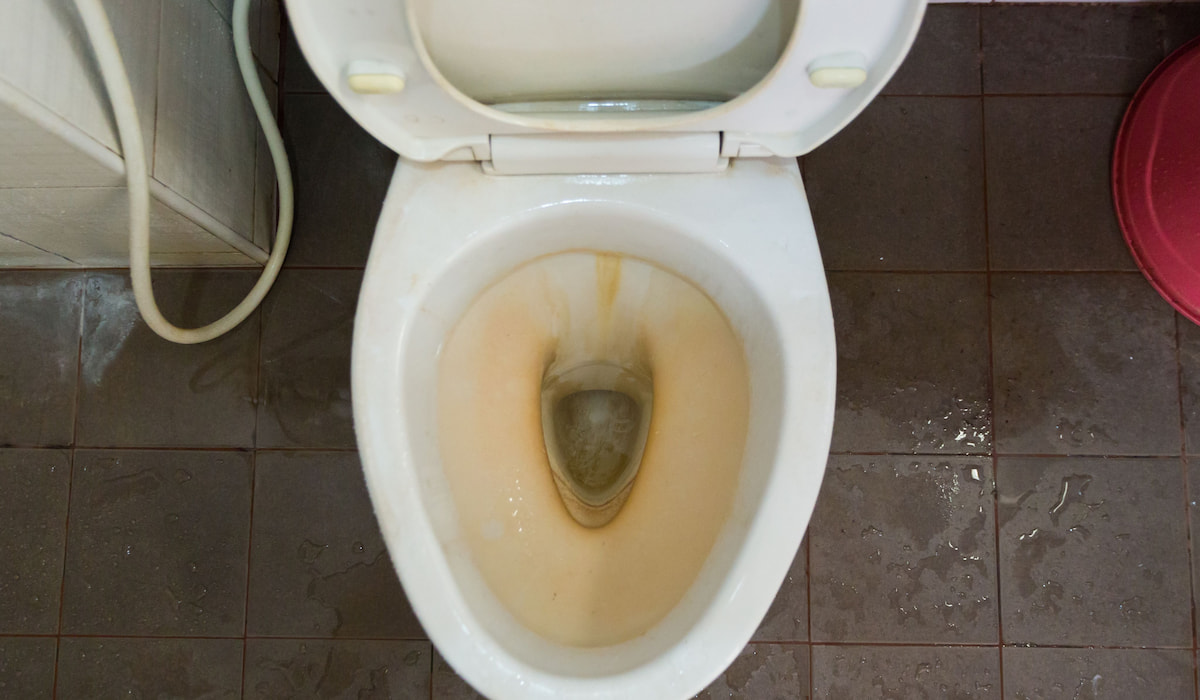
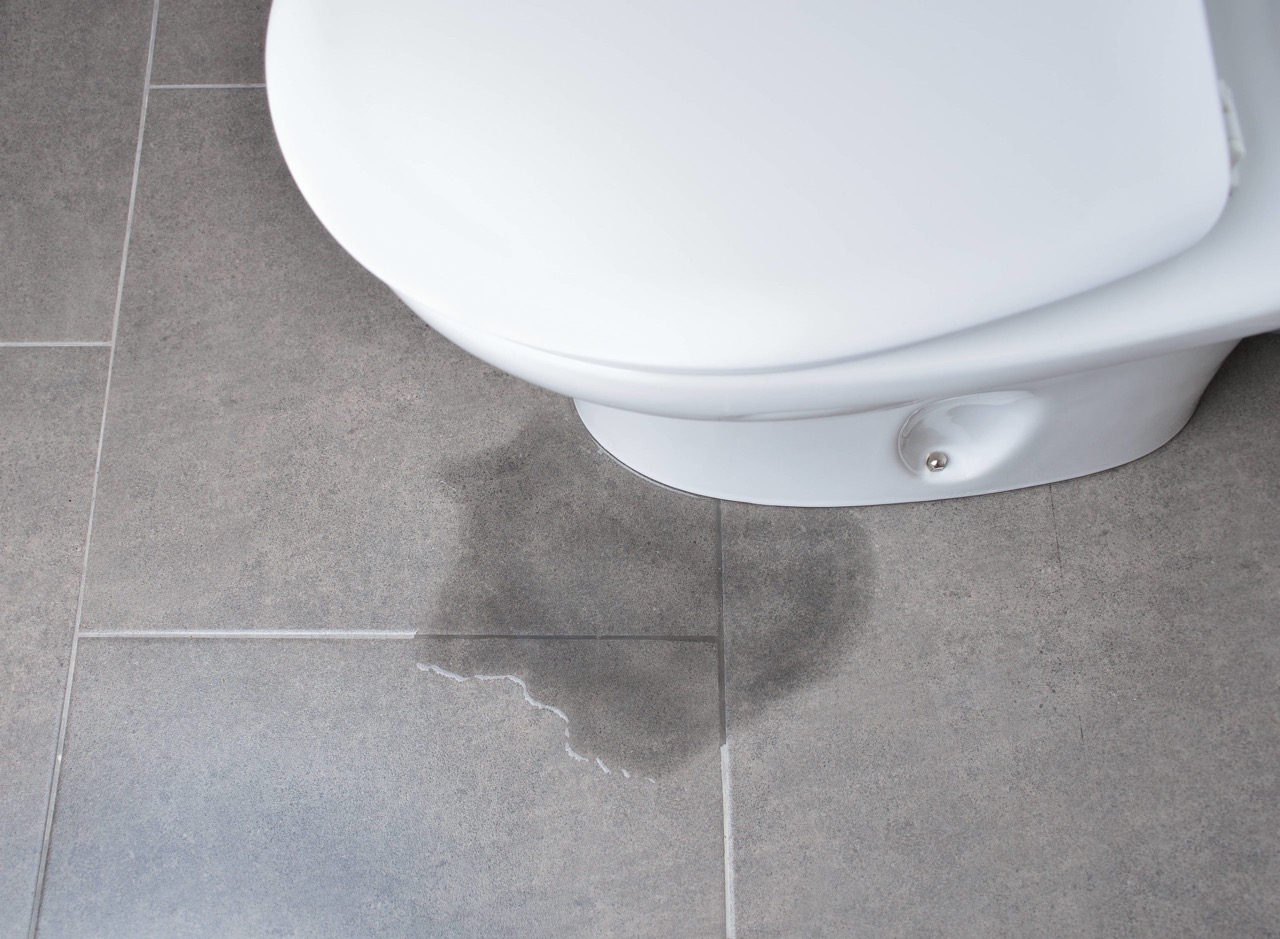
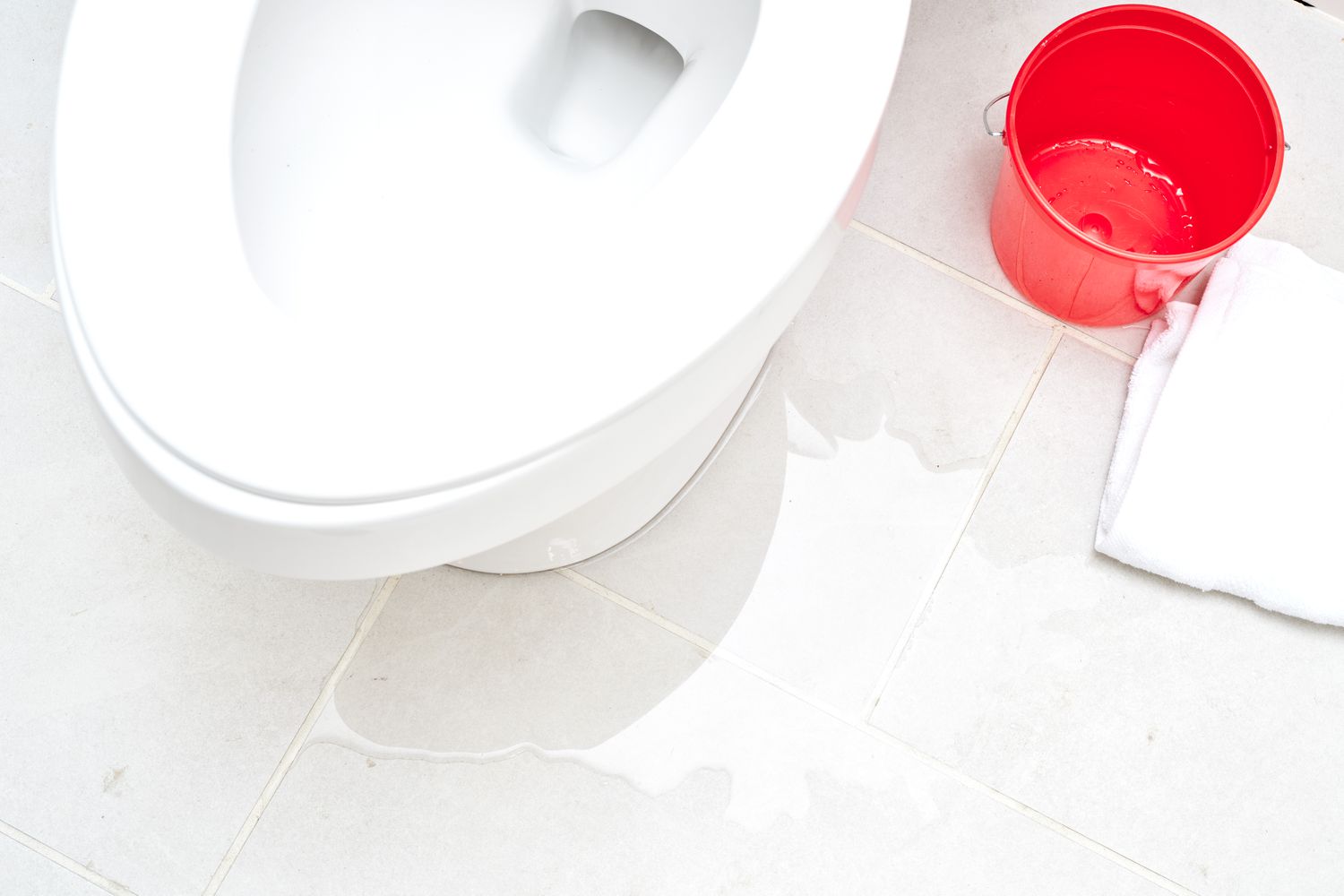

0 thoughts on “Why Is There No Water In My Toilet Bowl”